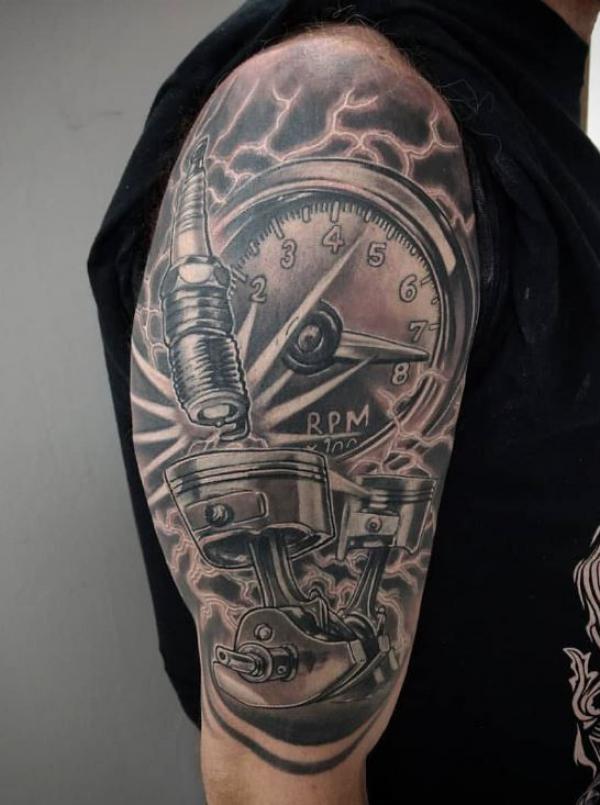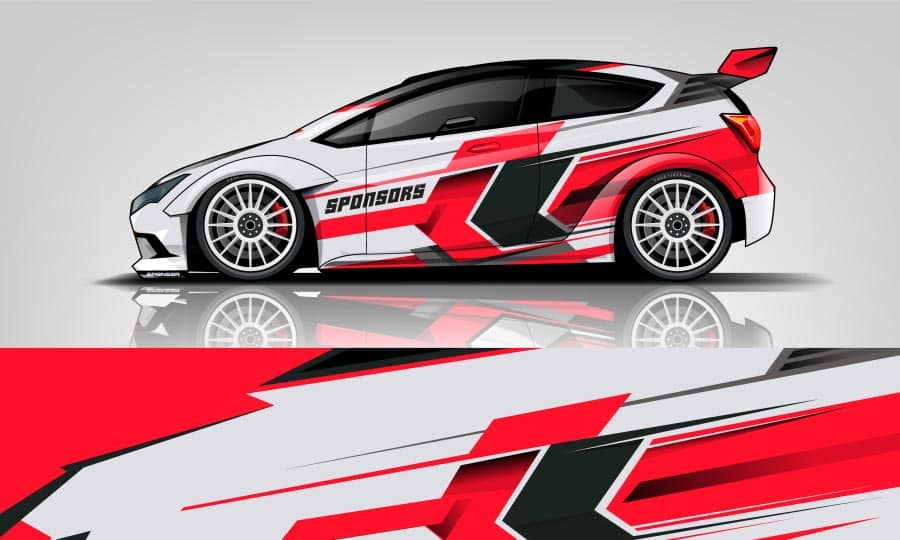When it comes to movies, there’s a genre that has consistently revved up the excitement of audiences worldwide – car movies. These adrenaline-pumping films not only provide heart-stopping action and breathtaking stunts but also offer a deeper look into the cultural significance of automobiles. From classics like “Bullitt” to contemporary blockbusters like “Fast & Furious,” car movies have left an indelible mark on both the film industry and the world of automobiles. In this blog post, we’ll explore the cultural significance of iconic car movies, examining their impact on society, the automotive industry, and our collective fascination with cars.
- Celebrating the Art of Driving
One of the most evident cultural influences of car movies is their ability to celebrate the art of driving. These films showcase the power, speed, and beauty of automobiles, turning them into protagonists in their own right. Think of the sleek lines of the Ford Mustang in “Gone in 60 Seconds” or the roaring engines of the Dodge Charger in “The Fast and the Furious.” Car movies elevate vehicles from mere transportation to objects of desire and admiration.
This celebration of driving goes beyond the silver screen. It has fueled the enthusiasm for car customization, car shows, and the development of car culture communities. From street racing to car clubs, enthusiasts draw inspiration from the cars and characters they see on-screen, creating a vibrant subculture that values the craftsmanship and creativity that goes into making and modifying vehicles.
- Redefining Heroes and Antiheroes
Car movies have a knack for redefining our traditional notions of heroes and antiheroes. In these films, the line between good and bad is often blurred. The protagonists might be skilled car thieves, street racers, or outlaws, challenging the conventional morality of cinema. Yet, they often possess a sense of loyalty, charisma, and daring that makes them compelling and relatable characters.
Take the “Fast & Furious” franchise, for example. Characters like Dominic Toretto and Brian O’Conner are criminals in the eyes of the law, but they are also portrayed as fiercely loyal friends who stand by their chosen family. This complex portrayal of characters reflects a changing societal perspective, where the audience can empathize with characters who don’t conform to conventional norms.
- Inspiring Technological Advancements
Car movies have not only impacted our perception of cars but have also driven technological advancements within the automotive industry itself. The demand for high-speed chase sequences and death-defying stunts has pushed automakers to develop faster, more agile, and safer vehicles. These films have provided a platform for showcasing cutting-edge technology, and car manufacturers have often collaborated with filmmakers to feature their latest models on-screen.
For instance, the James Bond franchise is renowned for its inclusion of innovative and gadget-filled cars. These cinematic inventions often serve as prototypes for real-world automotive technologies. In the 1964 film “Goldfinger,” the Aston Martin DB5 featured various gadgets like ejector seats and machine guns, inspiring the development of advanced security features in modern luxury vehicles.
- Addressing Social and Environmental Issues
Car movies are not just about high-octane action and fast cars. They can also be vehicles for addressing important social and environmental issues. Films like “The Road Warrior” and “Mad Max: Fury Road” explore dystopian futures where the scarcity of resources, including gasoline, plays a central role. These movies serve as cautionary tales, highlighting the consequences of excessive consumption and the need for sustainability.
Moreover, car movies can promote diversity and representation. The “Fast & Furious” franchise, in particular, has been praised for its multicultural cast, breaking racial and cultural barriers in Hollywood. By featuring characters from diverse backgrounds, these films reflect a more inclusive and globalized world, promoting acceptance and unity.
Conclusion
Iconic car movies have earned their place in cinematic history, not just for their thrilling stunts and high-speed chases but also for their profound cultural impact. They celebrate the art of driving, challenge our notions of heroes and antiheroes, inspire technological advancements, and address pressing societal issues. In doing so, they have become more than mere entertainment; they have become cultural touchstones that shape our perceptions of cars, driving, and the world around us. So, the next time you watch one of these iconic car movies, remember that you’re not just enjoying a thrilling ride – you’re also partaking in a cultural phenomenon that has left a lasting mark on our society.



